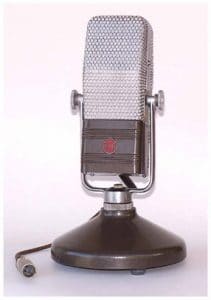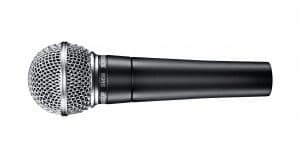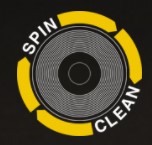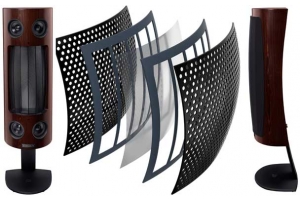We use cookies to make your experience better. To comply with the new e-Privacy directive, we need to ask for your consent to set the cookies. Learn more
Transducers
Transducers
What is a Transducer ?
Transducer – Noun « a device that converts variations in a physical quantity, such as pressure or brightness, into an electrical signal, or vice versa. » Oxford Dictionary of English, 2001.
A transducer converts information in an energy form into another energy form, be it mechanical, electrical, thermal, etc. Hence, a microphone is a mechanical to electrical transducer, a loudspeaker is an electrical to mechanical transducers, among others. Some transducer types are widespread in the sound recording domain. Here is a summary of a few.
What is a microphone ?
A microphone transforms variations in air pressure ( sound ) into mechanical vibrations and then into an electrical signal.
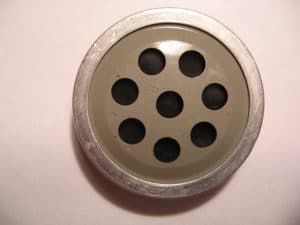 What is a Coal Microphone ?
What is a Coal Microphone ?
No kidding ! Telephone sets were equiped with them until the 1970s. It consists of a capsule, filled with carbon powder ( coal ), with a membrane on one side. Sound vibrations compress and release coal through the membrane. Coal ( carbon ) being an electrical conductor, a direct current flowing though the capsule becomes an audio signal.
What is an Electrodynamic Microphone ?
There are two main types : the ribbon microphone and the moving coil microphone.
In a ribbon microphone, a piece of metal foil is suspended between the two poles of a magnet. Sound makes the metal foil vibrate which induces an electric signal. This type of microphone is a great classic but is less used nowadays.
In a moving coil microphone, the membrane is fixed to a coil, itself suspended in a magnetic field. The coil vibrates with sound, inducting an electrical signal. The moving coil microphone is often referred to as the dynamic microphone. It is very widespread in all shapes for public address or recording
.
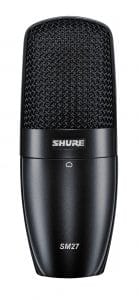 What is a Condenser Microphone ?
What is a Condenser Microphone ?
What is an Electrostatic Condenser Microphone ?
Its membrane is actually one capacitor electrode, the other being fixed. The sound pressure makes the capacitor capacity vary, which in turn varies a bias voltage applied to it. These microphones are used in the recording and broadcasting industries.
What is an Electret Condenser Microphone ?
It is a condenser microphone with a permanent bias. It does not need a bias voltage. It is widely used in portable devices, where it has replaced the coal microphone, among several other uses.
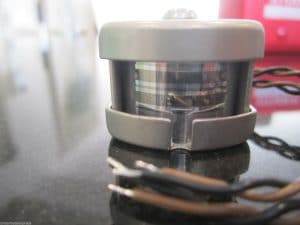 What is a Record/Playback Head ?
What is a Record/Playback Head ?
Magnetic recording magnetizes iron oxyde particles on a tape or a minute part of a hard disk. The transducer is a coil with a ferrous core that has a slit in it which allows the transfer of inducted magnetic charges to the tape or disk. A similar head reads magnetized particles that induct current in the coil. It is the playback head.
Analog recording formats on tape – reels or cassettes – are obsolete nowadays. Other digital tape formats ( DAT, DASH, among others ) used by professionnals are also obsolete. Hard disk recording or solid state disks ( non-volatile memory ) are nowadays the norm. We will come back to this later.
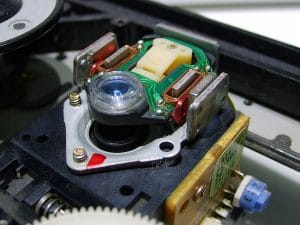 What is a Playback Laser ?
What is a Playback Laser ?
It is mainly used in the Compact Disc, the good old CD slowly going into obsolencense after thirty years and hundred of millions sold. A laser engraves bumps and holes on the disk that a transducer, consisting of a laser and a phototransistor, converts into an electronic digital signal.
What is a Phono Cartridge ?
The phono cartridge transforms vibrations engraved on a PVC disk into an electric signal. Moving Magnet ( MM ) is the main type found ; it has a cantilever with a needle at one end and a magnet at the other. The magnet vibrations induct an electric signal in a fixed coil. Moving Coil ( MC ) cartridges have coils at the end of the cantilever and a fixed magnet.
What is a Loudspeaker ?
The electrodynamic loudspeaker works pretty much like a moving coil microphone, but the other way around. An electrical current applied on the coil makes it vibrate in a magnetic field produced by a permanent magnet. A cone or dome attached to it produces sound.
The electrostatic loudspeaker works like an electrostatic microphone, but the other way around. It has a fixed plate and a flexible one, to which the audio signal is applied, causing it to vibrate and produce sound.
The planar magnetic loudspeaker works a little like a ribbon microphone, but the other way around, with the ribbon that repeats itself on a membrane. The current flowing in the ribbon interacts with the magnets to make the membrane vibrate.
References
https://en.wikipedia.org/wiki/Carbon_microphone
https://en.wikipedia.org/wiki/Ribbon_microphone
https://fr.audiofanzine.com/microphone-ruban/rca/44/
http://www.shure.com/americas/products/microphones/sm/sm58-vocal-microphone
https://en.wikipedia.org/wiki/Microphone
http://www.shure.com/americas/products/microphones/sm/sm27-multi-purpose-microphone
https://en.wikipedia.org/wiki/Magnetic_tape
http://restauration-sonore.over-blog.com/article-la-technologie-des-magnetophones-analogiques-108799951.html
https://commons.wikimedia.org/wiki/File:CD_Player_focusing_lens_assembly.jpg
www.hifipro.ca/fr/product/ortofon-2m-blue
https://en.wikipedia.org/wiki/Loudspeaker
https://en.wikipedia.org/wiki/Headphones
www.trustedreviews.com/opinion/dynamic-vs-planar-magnetic-drivers-2934040
These often refer to Wikipedia sources for convenience. Wikipedia articles mention other sources that may be useful to the reader to further research the matter. A word of caution though : since Wikipedia is a collaborative encyclopedia, anyone can modify an article ; reasonable skepticism is recommended.
